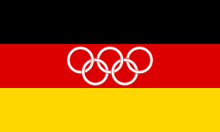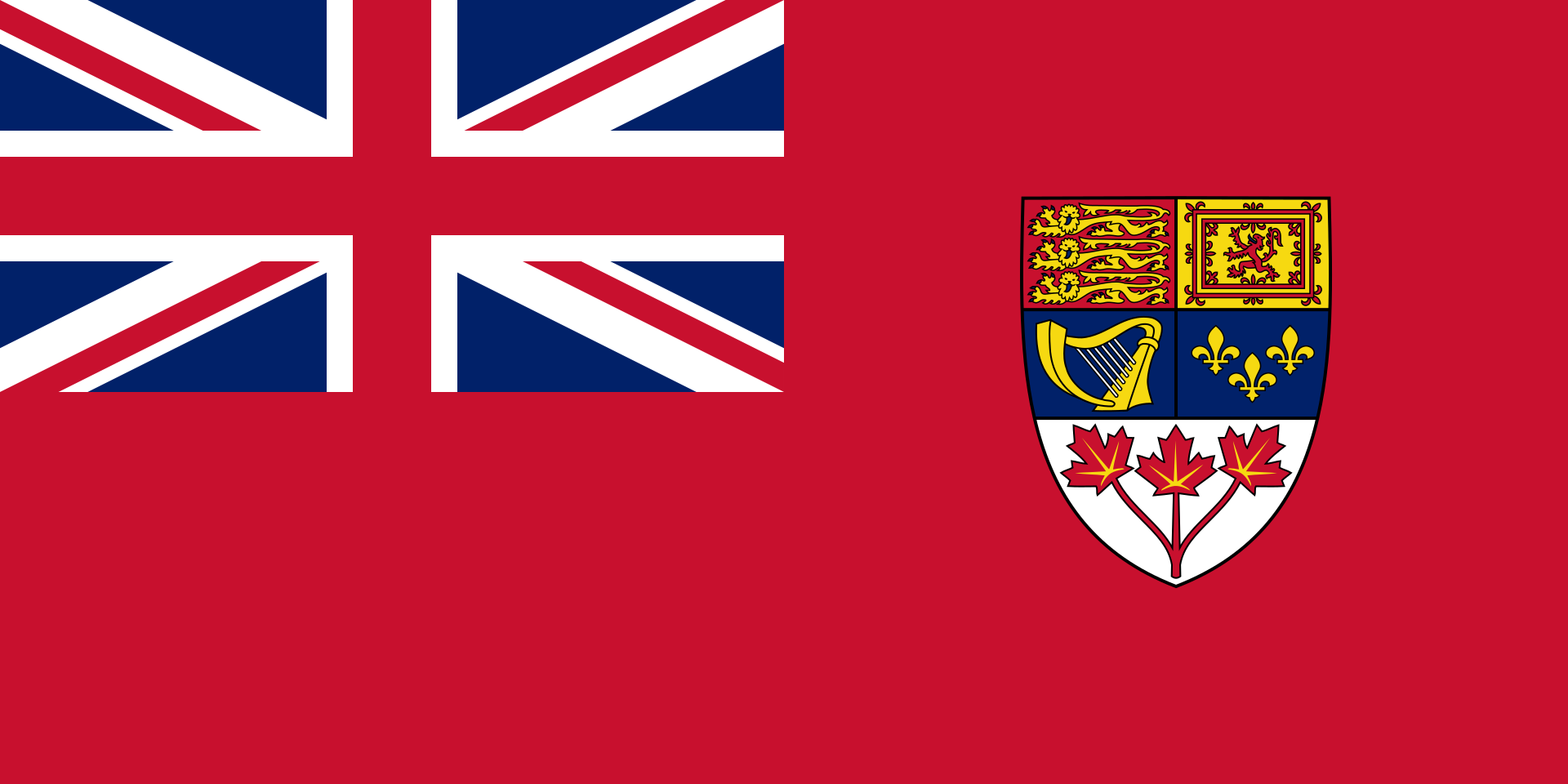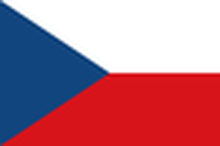
8. Olympic Winter Games
Olympic Medals in the games of 1960 in Squaw Valley
81 Medals in 8 Sports in 27 Events
At the 1960 Winter Games in Squaw Valley from February 18 to 28, the United States hosted for the fourth time. There was already fierce criticism before the games because the venue was not a town or city, but the valley of the Indian woman. This area was located at 1,900m above sea level on Lake Tahoe, one of the most wonderful mountain lakes and was a well-developed holiday area for summer tourism. In winter, the area on the edge of the Sierra Nevada was almost uninhabited, extremely uncomfortable due to enormous snowfalls and other weather catastrophes. But the business-minded Americans saw an opportunity in the Winter Games to make Squaw Valley famous and to attract visitors all year round. The calculation worked and the property prices multiplied. Reno airport was only 70 km away, guests were to be drawn from San Francisco 320 km away, and Los Angeles was only 900 km away, about an hour's flight.
The economically thinking managers of the organizing committee built everything in the valley that they could later use in tourism. Since they could not use a bobsleigh run, they promised a new one, but did not build one. The argument put forward was that only nine countries had announced their participation in the bobsleigh race. The short-term scandal in the global public was just as calculated as the long-term income from 5 lifts, wonderful ski slopes for advanced skiers and beginners, newly built hotels, streets and parking lots. The 1960 Winter Games are the only ones where the Olympic bobsleigh competitions have not been held. The new, newly built ski jump was one of the best in the world.
The Olympic village resembled barracks, the facilities for journalists, radio reporters and television staff were very simple but functional. 800 huge Greyhound buses brought spectators every day, they parked with the 10,000 private cars in several newly built well-lit parking lots.
February 18 was the day of the grand opening. None other than Walt Disney had been commissioned to organize them. It was a colorful, worthy event. The nations marched in, most of the flag bearers greet Vice President Richard Nixon, the Eastern Bloc countries, except Hungary, ignored him. The television station CBS broadcast the opening ceremony all over the world. For the first time, the IOC sold the television rights exclusively for $ 50,000. It obviously had no assessment of what the rights were really worth. In the course of the games, television rights became so expensive that in 1994 the winter and summer games had to be separated every two years because no television station had the budget for two Olympic games in one year.
The all-German team competed under the black and gold flag with the Olympic rings. Taiwan was excluded from participation and India voluntarily withdrew.
In Europe, a few hundred helpers were needed on skis to prepare the slopes ready for racing, the Americans used new snow cats, which were caterpillar vehicles. These took much less time and smoothed the slopes much better than human effort. Another innovation was the measuring and announcement of intermediate times in the alpine competitions.
The smooth running of the games and the satisfaction of the visitors were not important to the organizers. No transport of guests from the parking lots to the sports facilities was organized, the parking system collapsed, the streets were poorly or not cleared, which resulted in many vehicles getting stuck or landing in the ditch, the press room was much too small, journalists had it Problems getting an accreditation for the stadium, the planned radio building had not been built, the training of the speed skaters was chaotically carried out on a carelessly placed ice rink, the food delivery in the dining room took far too long.
Fireworks and the usual ceremonial ended the games. Financially, the Squaw Valley games were a complete success! Short and long term.













